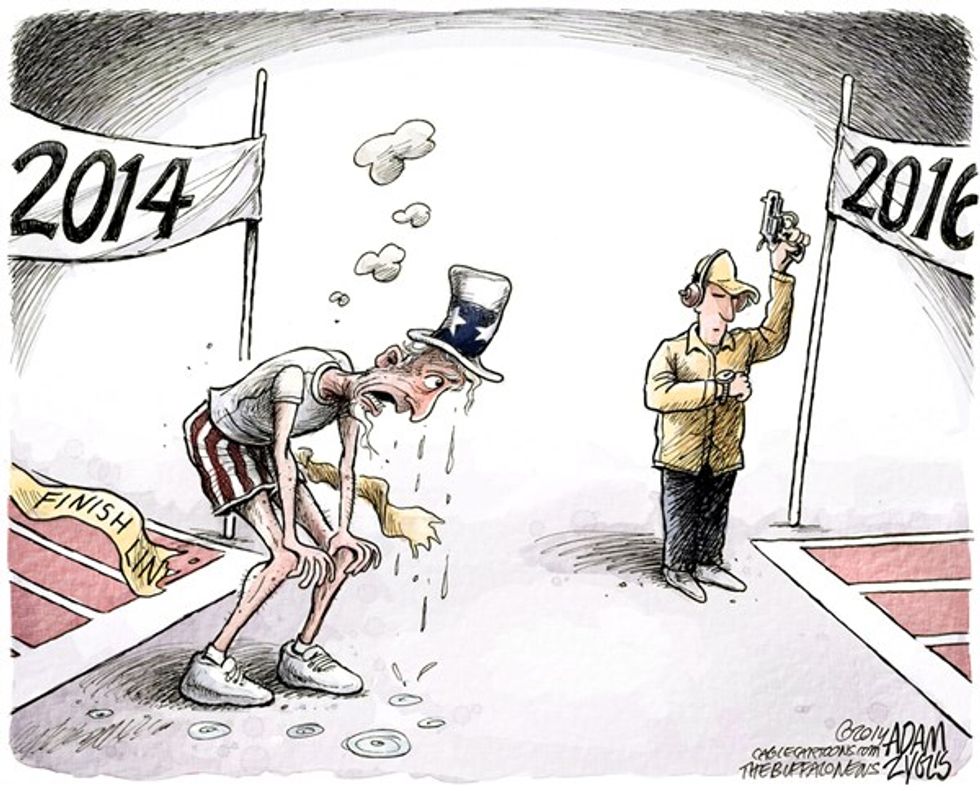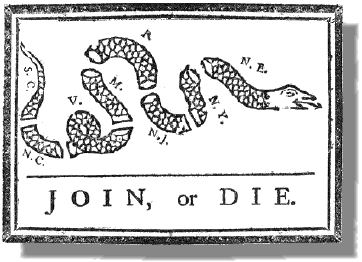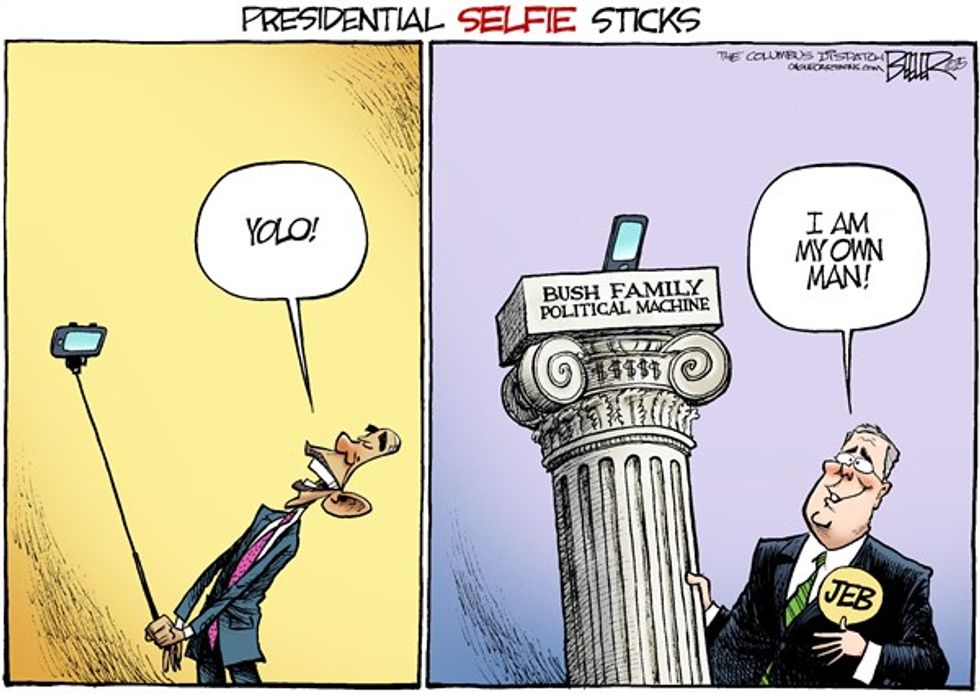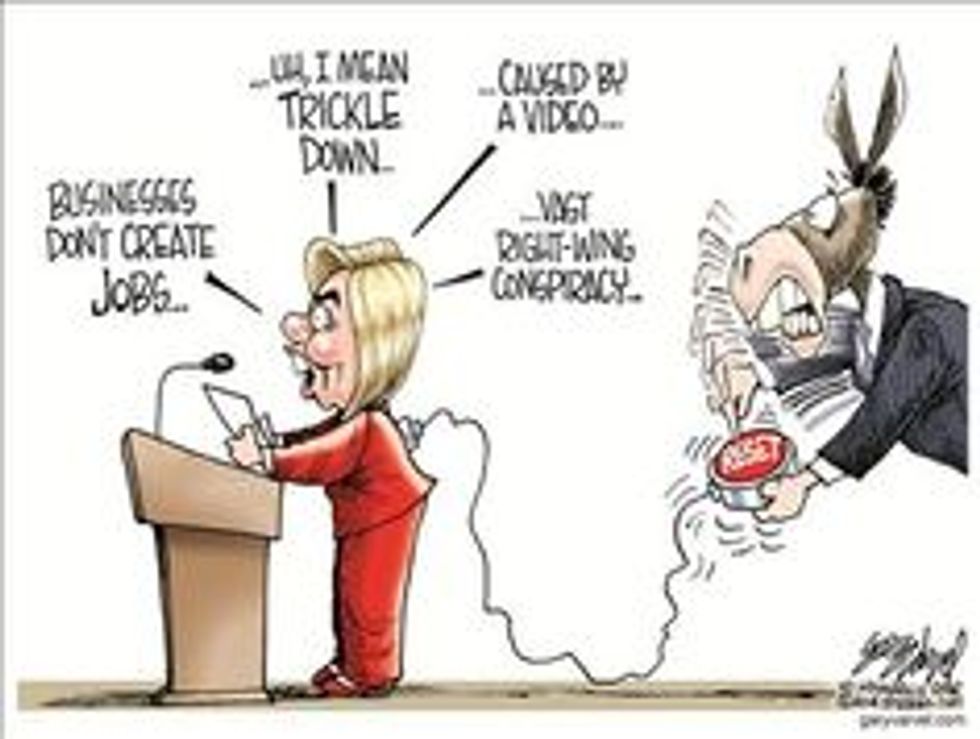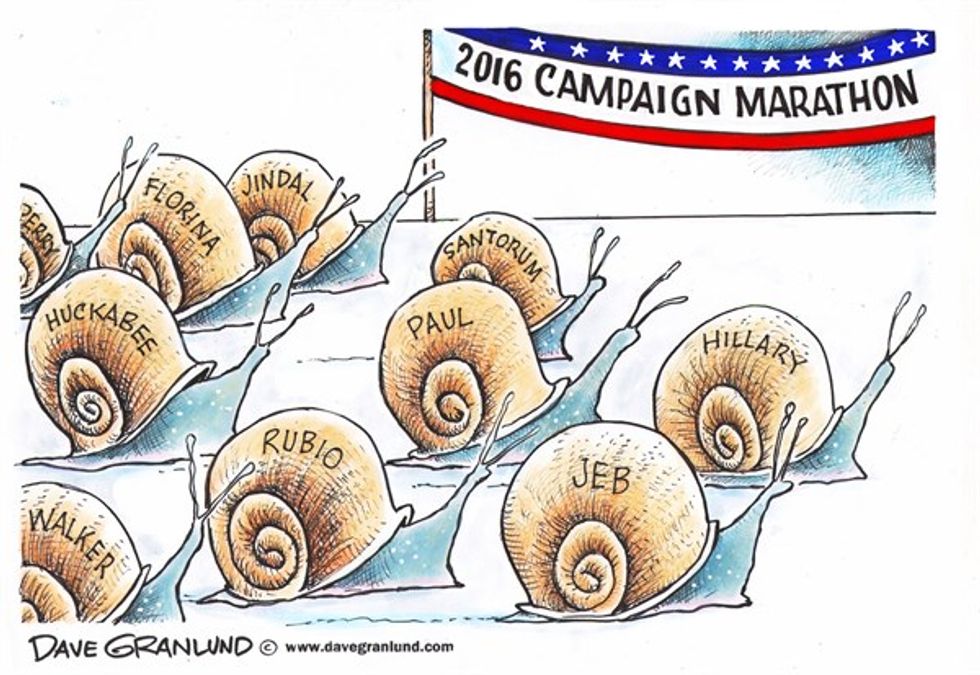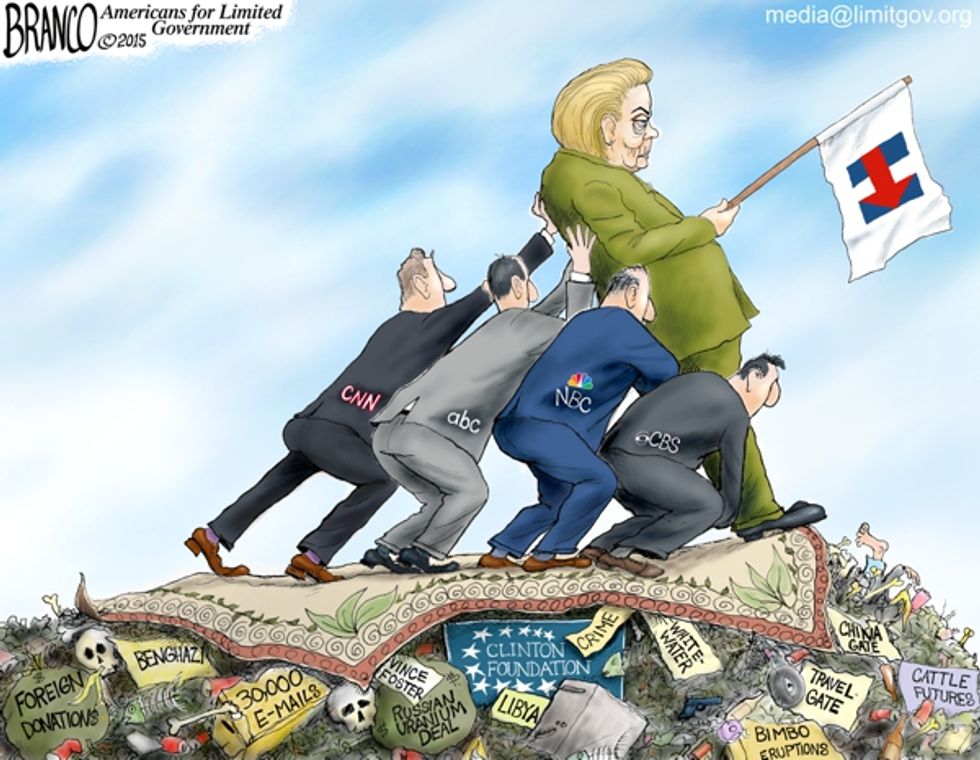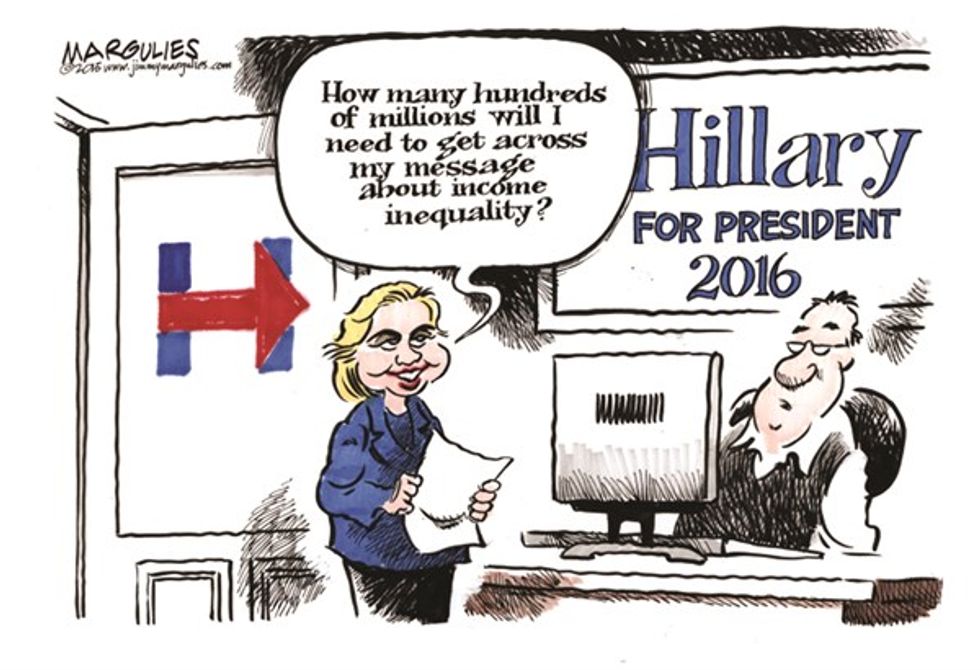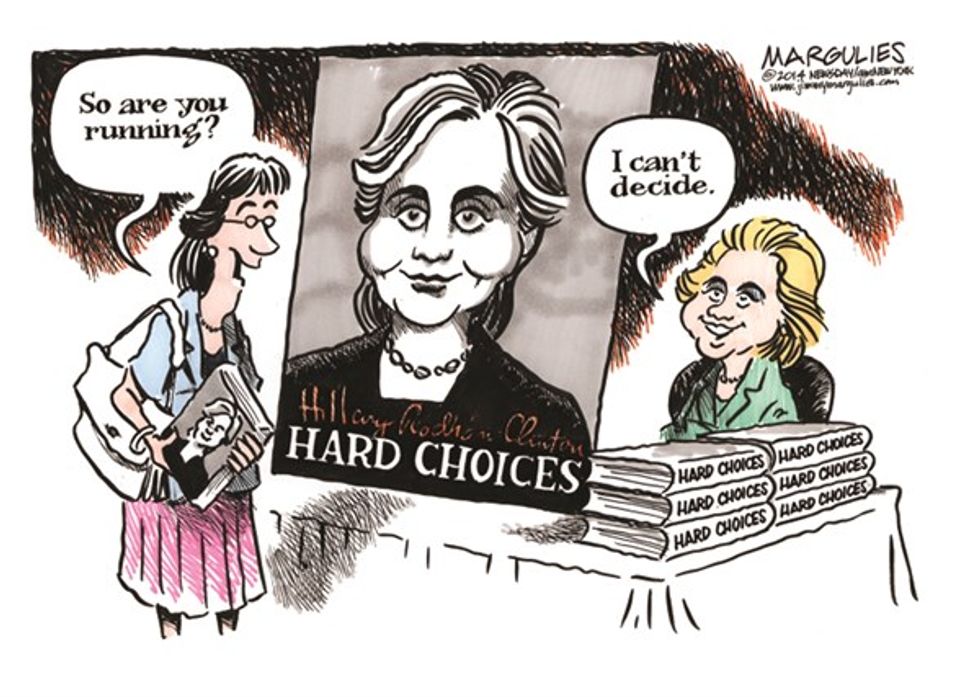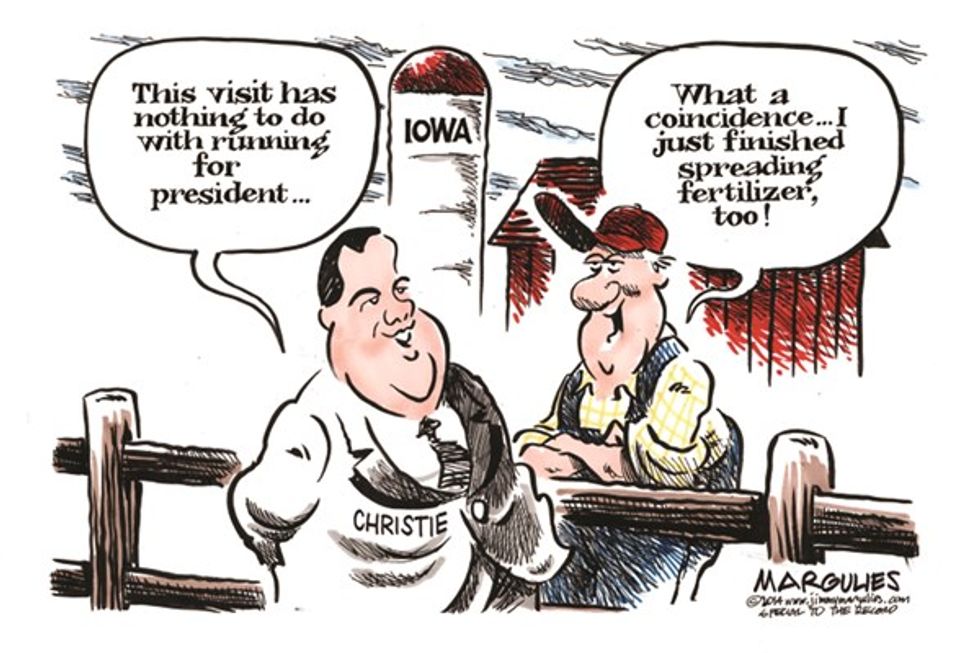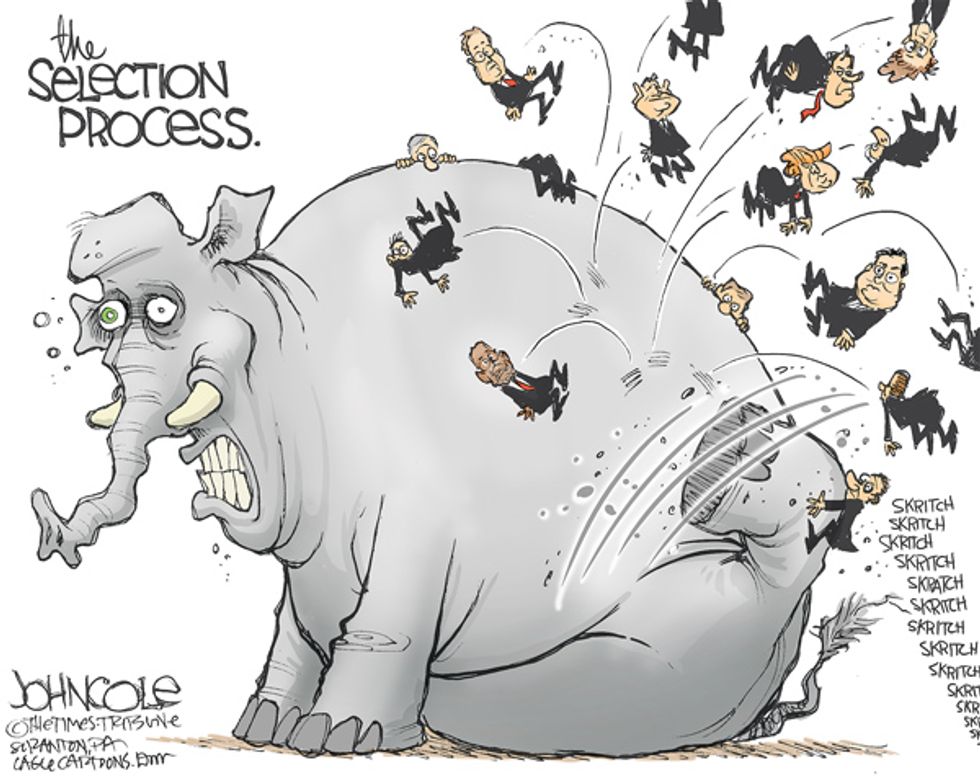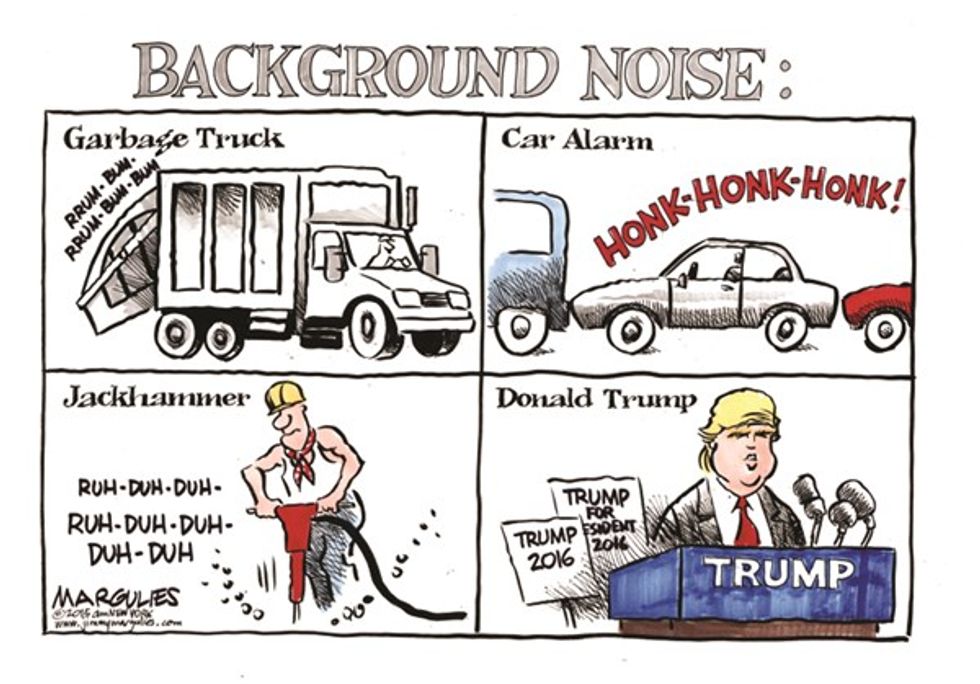The summer of 2015 has been a busy one — not just for hundreds of thousands of college kids working at their summer jobs and internships or blue collar and white collar Americans; it’s been a roller coaster ride for the men and women who want to become president in 2016. So far, campaign donations have been stockpiled into political war chests of billions of dollars to spend on posters, graphics, videos, ads and salaries. While there can only be one winner in the 2016 election, there are numerous winners of the summer campaign phase. One group, in particular, is America’s political satirists.
Satirists have been and always will be a prolific influence on our politics. One famous early political cartoon was one you probably found in your high school history class:
Remember this? You can thank Ben Franklin for this one.
As you can tell, satire several centuries ago didn't necessarily mean it had a punch line to it. It was taken quite literally. It served as a way to express a political opinion and convince people to think that the colonies should unite as one common organization rather than exist as separate and independent colonies.
Satire and comedy are now more commonly associated with one another. This marriage has led modern day news outlets, social media and late-night comedians to create new comedy for themselves and fans through imagery and jokes. Modern-day satirists source much of their airtime and focus on the blunders, issues and characteristics of the candidates. Being the beginning of a campaign cycle, there only are more things and people to make fun of. Someone's hair, someone's voice or someone's smile usually is the most utilized soft spot. Some are extremely funny gaffs made famous into memes or bits in a comedy show. Some are much darker. Comedians like Jon Stewart have field days of gaffes and pitfalls gathered by watching candidates like Donald Trump (a favorite target of Stewart’s) on television and radio. Stewart took Trump’s characteristics and sound bites from his events and turn them against him by infusing some wistful comparison to an identifiable physical or personal character trait. Come on, the guy's hair? You sure that isn't just a wig? Satire in this case adds not only the candidates’ views, but also Stewart’s own opinions.
Political cartoons serve as one aspect of satire that seems to be alive and well in the digital age. One of the simplest ways to connect with people, small illustrative snapshots can open up a new construal view of a policy or a person. They have the power to alter people’s positions and add new elements of an ongoing political dialogue both locally and nationally.
Here are some popular cartoon illustrations and a look to their deeper meaning. NOTE: These political cartoons do not reflect the opinions or views of the author.
Some men have something to prove; some follow in daddy and brother's footsteps while others make their own.
Does Hillary Clinton speak about what she thinks is best for the country or does she speak for the party? Let alone, does she even know what she's speaking about?
So begins the long ... long ... and ... ssslow road to the presidency.
A illustrative homage to Iwo Jima; the great cable powers raise the banner of Hillary over the wasteland of bad deals, corruption, cover-ups and controversy. Seems like they're ready for Hillary.
The sad, ironic take on democracy today.
No comment.

